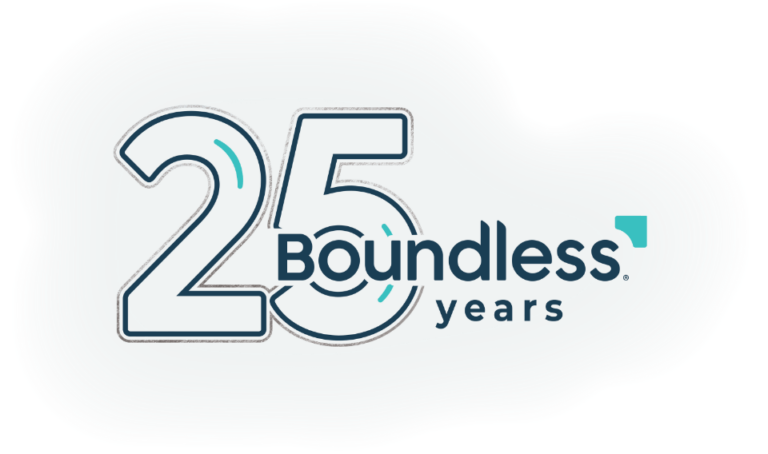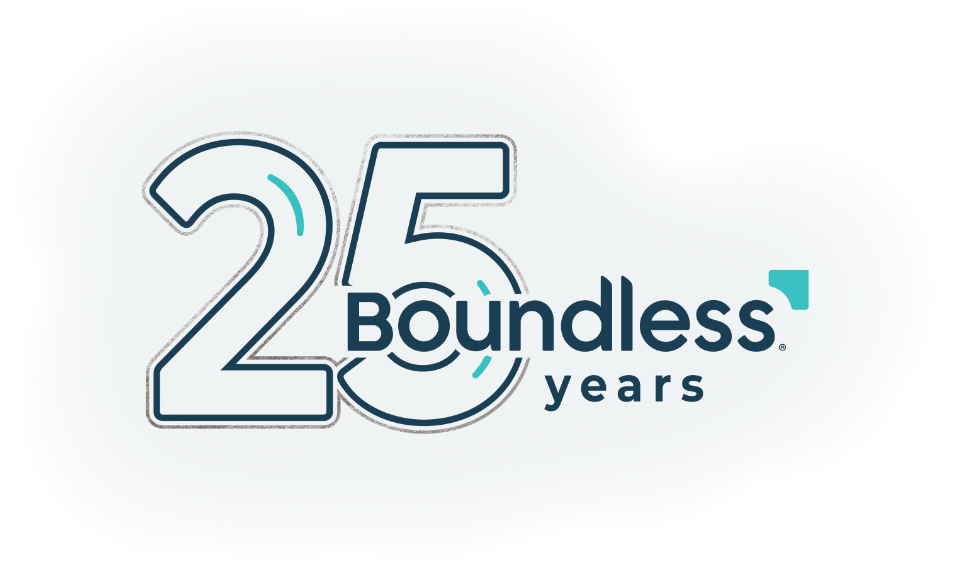My first car was a VW van born the year before I was. We met in our late teens. It had passed through a rough adolescence. I thought I could reform it, fix it up, make it happy again, so I bought it for $300. I gave up on the restoration project a couple months later and sold it for $200 the day I left for my summer life-guarding job at a youth camp. An hour later, as my dad drove me to camp in his big old station wagon, I spotted my van, broken down by the side of the road. We didn’t stop. I still feel bad about that.
My next car was a tiny red convertible, picked ripe off the new car lot. Most of my time in this sports car was spent commuting to the job I got so I could afford the payments on the car I needed to get to work. (I had not yet learned what “circular reasoning” meant.) On our one big adventure together, I drove it from Southern California to Philadelphia over spring break to see my girlfriend. The weather was cold in Philly, so we drove to Orlando. The year-old clutch went out on a bridge in Jacksonville. By the time we pulled into the Disney World parking lot, I was in a great hurry to get in the park. My girlfriend said, “Wait a minute. I have to brush my hair.” I pointed out that she could have saved time by doing that while we were making this marathon drive instead of waiting till after we arrived. I can’t recall the exact wording of her reply, but it was loud. I still feel bad about that, too.
I’ve gone through maybe half a dozen cars since then, each of them connected in my memory with both good and bad experiences. Among the bad memories is the regret that I spent years of my life earning money to buy cars that were seldom worth what I paid for them. I wonder what I could have done with that money had I spent it more wisely. I can’t run back life’s odometer — those miles are behind me. But I can make smarter decisions about the next car I buy and how I buy it. And I can help you make wise decisions in your next car purchase.
The New Car Myth
When most people dream of owning a car, they think of a new car: They’re shiny, they’re reliable, they’re great fun to show off to your friends. And best of all, they have that intoxicating new car smell.
But let’s look at these benefits to see what they’re really worth. First, there’s shiny. Well, any car is shiny if it’s clean and buffed and waxed — unless, of course, it’s a rust bucket, and then there’s not much you can do except clean up the rust. Shine is only skin deep. A good buffing job removes the oxidized paint and exposes the shiny stuff below it. Most cars can return to their new car shine for years before you have to repaint them. So this shiny thing is not an issue.
Let’s talk about reliable. Yes, most new cars are more reliable than their used counterparts. And new technologies and higher quality manufacturing have been improving the reliability of cars in recent years. But this also means that recently used cars are more reliable than ever — they’re running longer and giving their owners fewer problems. What’s more, some used cars are more reliable than new cars. It depends on the make and model. So reliability is an issue, but it’s not an all or nothing thing. Let’s talk more about it in a bit.
Then there’s the show-off factor. OK, new cars win in this class most of the time. It is more prestigious to drive into the school parking lot with the new-car sticker still in the window. But three months from now, the sticker is faded, your car is dirty, and the dealer has recalled it to fix a problem you didn’t even know it had. When you consider the alternative (we’ll be there in a moment), prestige comes at a ridiculously high price.
Finally, there’s that unmistakable new car smell. You can’t duplicate it. You can’t even retain it — the smell fades quickly, especially if you forget and leave your gym clothes beneath the seat. In six months or less, your new car will smell like a used car. Save yourself a few thousand dollars and buy a 99-cent air freshener.
The biggest problem with a new car is the price. It’s insane. How can people afford it? Most people can’t. So they ask their bank to buy the car for them. The bank gives the car dealer most of the money, and you chip in the rest. Then you make payments to the bank. Forever. Actually, you’re in debt for a mere three to five years — it just seems like forever. You’ll be graduated and living an entirely new life before you actually own your whole car. For the first year, your ownership amounts to the seats, the stereo, the mirrors and maybe the windshield wipers. You’re rich.
A new car can depreciate 20 percent or more the moment you drive it off the lot. Let’s say you buy a new car for $10,000 (a cheap car these days), and change your mind a few weeks later. The dealer might give you $8,000 for it. It’s hardly used. You haven’t even put your gym clothes in it. Doesn’t matter. It’s a used car. You lose two grand. And the descent continues. Your car is depreciating the whole time you’re pouring money into it. The car payments are based on the new price, not what it’s worth at the moment. Depending on your interest rate, down payment, and the market value of the car, you’ll spend the first few years owing more money than the car is worth. Two years from now, you’re driving a used car and paying for it like it’s still new. Why not start with a used car to begin with?
Buying a used car is nearly always the smarter financial decision. But most people don’t see it that way. After all, the dealer is offering zero-percent financing or something close to that. That rate is awfully alluring, but if you do the math, you’ll find that the price of the car is adjusted to allow for that. The dealer has to make a profit somehow: If not in interest, then in a higher price. In the end, you’ll pay the high price either way.
But what if you don’t have the resources to pay for a car with cash right now? Then you’re stuck making payments. If you’re like most people, you’ll buy the car now, then make monthly payments — with interest — to the creditor. But if you’re among the smart few, you’ll make your monthly payments first — to your own savings account, which earns interest — then buy the car with cash. Because if you can afford big payments for the next four years, you can certainly afford smaller payments for half that long. And bonus, while you’re driving your cheaper cash car, you can be saving money (and earning interest) to buy your next car.
Like I said, most people haven’t figured this out. They buy a car with someone else’s money, then pay back the principal with interest for years and years. By the time the car is paid for, it’s falling apart, so they trade it in on another new car, and sign away the next few years of their life on another batch of payments. It’s a stupid habit to start and very difficult to kick. But since most car owners are addicted to this habit, we as a culture pretend that this is a normal, smart way to buy things. It’s not.
Call me old-fashioned, but aren’t rewards supposed to come after the effort? In kindergarten, the gold star came only after we had put away the finger paint. At college, they adamantly refused to give me a diploma till after I had completed the curriculum. And if I’m not mistaken, sex and kids and other cool things are supposed to come after the wedding. So why do we insist on collecting our shiny trophy cars before we’ve paid for them? Car loans defy the natural order.
The Alternative
There’s another way to go. An alternative that won’t wipe out your finances now or drop you in debt’s bottomless pit in the future: Pay cash for a good used car. I know that most people think I’m crazy when I tell you this. Car dealers don’t like me. Some bankers think I’m a heretic. And maybe even you will write me nasty letters. I don’t care. I’m standing my ground. Paying cash for a good used car is the only way to go. (OK, I’ll qualify this statement: If you’re filthy rich, or your parents own a car dealership, or your last name is Ford or Toyota, or you’re buying the car for your business or have some other strange tax situation that doesn’t apply to most people, then you can buy [or lease] a new car. Leave the used cars for the rest of us.)
A word of caution: If you decide to follow my advice, you may be in for some serious resistance. People will tell you that buying a used car is just buying someone else’s problems. After all, why would they be selling the car if there weren’t something wrong with it? Good question. Here are some good answers (and if you paid attention earlier, you already know them):
- They bought it with a loan, and now they can’t afford the payments.
- They miss the prestige and new car smell and are willing to pay for it again.
- Their needs have changed — they need a bigger car, a minivan to haul around their new baby, or a truck for their work.
- They’re bored or unhappy and think that a new car will cheer them up.
- They believed someone who said that used cars are too unreliable, so they’re willing to pay thousands more to eliminate that fear.
- There’s something wrong with the car.
That last answer is more common with older cars. If the car is just a few years old and doesn’t have a lot of miles on it, they’re probably selling it for one of the other reasons. It’s wise to have a mechanic check the car before you buy it. We’ll come back to that idea.
Buying a Good Used Car
It’s not that tough. My friend Mike taught me how. He’s a professional car buyer — buying good used cars to fix up and resell at a nice profit. He’s purchased over a hundred cars for this purpose, so he knows all the tricks. A year and half ago I used his technique and took home a very clean and wonderful Isuzu Trooper for $4,800. (My brother just bought the new model for $26,000. With the payments he’s making, he can’t afford to go on any fun trips in it. But it smells nice.)
Buying a good, clean, reliable used car requires some homework. First, narrow down your car choices to a few makes and models. Talk to friends and relatives to find out what they like and don’t like about their cars. Then look up these cars in the various consumer guides. Some guides contain owners’ evaluations of the vehicles — what’s worked well, what’s needed repair, what they like, what they don’t like.
While you’re at it, look for used-car price guides. These books list average prices paid for used cars by make, model and year. In a few minutes, you’ll gather volumes of information collected from hundreds of owners of each of these cars, and you’ll have a rough idea of what you should expect to pay.
Now trim your list to one or two choices. Pick the most reliable models from among your first list. And of course, select only those in your price range. When you’ve chosen your ideal make, model and year, you can begin reading the car ads to get an idea on prices. If you choose a rare model and year — in other words, there are few on the market — you may need to look for a long time before you find enough vehicles to get an idea of what’s available. You may want to broaden your preferences a bit to include other models.
Here’s where lots of people mess up: Let’s say you spot an ad for a car and rush out to take a look. You climb behind the wheel and fall in love with that car. You picture it as your car. The seller sees you drooling on the dashboard and hits you with an urgent message: “Someone else is very interested, so if you want the car, you’d better hurry!” So you make the deal, which you figure is better than letting someone else drive away in your car. Don’t shop this way.
Instead, keep reading ads, making calls, and when you think you’ve found a decent vehicle, go out and see it. But don’t buy it. Just look. Then go back to the ads and the phone, track down another promising vehicle, and check it out. Keep going. Make sure you look at five to 10 cars before you buy anything. Sure, you’ll pass up some deals. But you won’t know whether they truly are deals until you have several cars to use for comparison.
Making the Deal
When you finally find a car that looks good, runs well and seems like a fair deal, go back and take another look — this time, accompanied by a friend or family member who’s more objective than you are. It’s easy to get infatuated with a car and miss some of the troubling details. Be sure to ask the owner about the car’s history of accidents and repairs. You may not get a straight answer, but it’s always wise to ask. Also, ask for records of maintenance and repairs. A person who keeps a file of receipts is generally someone who takes care of cars.
If it still looks like a good deal, take it to a mechanic. He can run simple tests on the car, inspect the brakes and fluids, and tell you if there’s anything scary lurking out of view. If the car has big problems, look for another — you don’t want to be buying someone else’s troubles. If the car passes your mechanic’s inspection, make an offer. A few deal-making tips:
Negotiate. Most things in this world have printed price tags, but car prices can be haggled. Most sellers count on this fact, so they price the car higher, knowing that they’ll probably be offered less. If you’ve done your homework, you already know the prices of similar cars, so you can make an offer that’s closer to reality. But remember, the ads you read were placed by people expecting to haggle, so most or all of the asking prices are higher than the true selling price. (By the way, if you call on a car ad and the seller tells you the car was already sold, politely ask her what it sold for. Note the differences between asking and selling prices — the numbers will help you in your own negotiations.)
Be willing to walk away. When you make your offer, expect the seller to counter it with a price somewhere between your two prices. After that, you’re on your own. Some people will haggle and haggle. Others won’t play that game. If the car has been advertised for a while, the seller may be holding out for too high a price. Leave your name and number and ask her to call you if she doesn’t get a better offer. Sometimes walking away will be enough to convince her that it’s time to take your offer.
Don’t carry cash. Believe it or not, some “sellers” advertise a low-priced car, then tell callers that lots of people have called on the ad, and “you’d better bring cash if you want to buy it.” So you take $2,000 out of the bank, show up to buy the car, and someone robs you. It could be the “seller” or someone working with the seller, or just someone else who read the ad and figures that potential buyers will be showing up with great stacks of cash in hand. So bring a checkbook. If the seller insists on cash, go to your bank and ask for a cashier’s check. The “no cash” rule can also help you avoid an impulse buy.
After the deal. Before you drive away with your “new” car, give the seller another opportunity to fess up about the car. Ask, “Now that I own this car, is there anything you can tell me to look out for in its future?” Since the deal is done now, the seller may be more forthcoming about possible problems, such as a battery that might need replacing soon, or a funny little squeak that shows up only on cold mornings when you’re driving 90 mph and jerk the wheel to the right. All cars have their quirks, and you might as well find out about them before they get expensive.
One more tip about car shopping. Many people prefer to buy their used car from a dealer. They figure that the cars are in better shape, and the seller is more honest. Not necessarily. Most used car dealers buy their cars in trades and auctions. They know very little about the car and may not have repair records or any other information on the car’s history (or worse, they conveniently “lost” records that betrayed a troubled past). What’s more, they’ve got to sell lots of cars each week to stay in business, so they don’t spend a lot of time fixing problems in the cars they get. Typically, they give it a good cleaning and maybe fix some minor, obvious problems. They may even cover up nastier problems that will cost you big bucks if you buy it.
Private sellers can be just as sneaky, but at least you’ll get a better idea of the car’s history. You’ll learn a lot about the car just by meeting the owner. It sounds cruel to say this, but a person who lives in a beat-up house, has another beat-up car in the driveway, and looks kind of beat-up himself is not the person you want to be buying your car from. Like dogs, cars take on the personalities of their owners. When you buy from a private seller, you get a telling glimpse of the environment your car grew up in. And to top it all off, a private party is likely to sell a car at hundreds or even thousands less than a dealer. The dealer has to make a profit. The person selling his own car is just trying to get cash to pay for another car.
Here’s the best part: If you do your homework, then look at lots of cars before making your choice, you’ll wind up with a better deal, a more reliable car, and money left over to put back in the bank. No matter how great your car, it’s not going to last forever. Start saving now to cover the maintenance and repairs required for any car. What you don’t spend can go toward your next car. Then celebrate your success. You are among the few, the proud, the really, really smart, who know the freedom of driving your own car, instead of one owned by the bank.
Copyright 2002 Todd Temple. All rights reserved.










